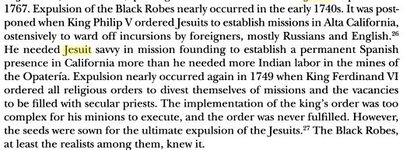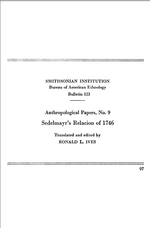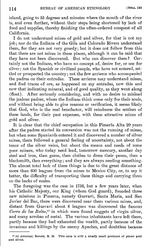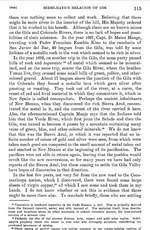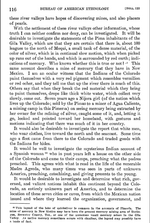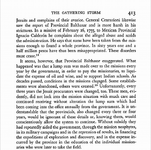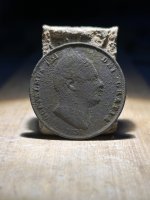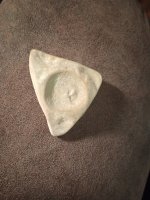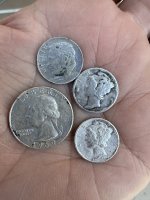Real de Tayopa Tropical Tramp
Gold Member
Brincador el JOE. You posted --->You will need to send that directly to Don Jose's Email address.
~~~~~~~~~~~~~~~~~~~~~~~~~~~~~~~~~~~~~~~~~~
Nah, actually I accepted him at his word, but there will be others in here that want proof.
Don Jose de La Mancha
~~~~~~~~~~~~~~~~~~~~~~~~~~~~~~~~~~~~~~~~~~
Nah, actually I accepted him at his word, but there will be others in here that want proof.
Don Jose de La Mancha




